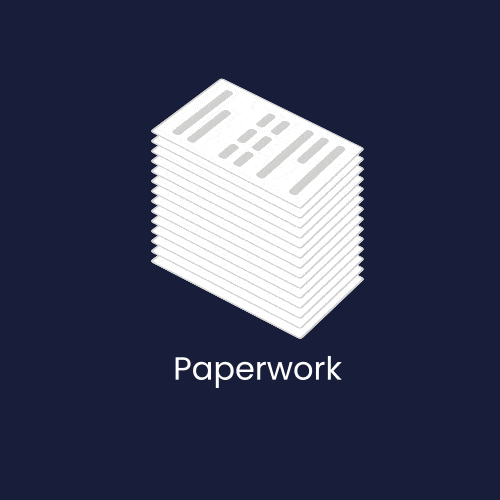There is a tendency to use Artificial Intelligence (AI) and Machine Learning (ML) interchangeably to refer to any process that uses data science to make business decisions. However, there is a subtle, but distinct, difference between the two which is important to understand when making purchasing decisions around delivery management solutions.
AI is an umbrella technology that uses a combination of optimization techniques and data science to incorporate human thinking into machines. An example is industrial robots that are programmed to perform specific tasks on a production line. ML is a subset of AI that empowers computer systems to self-learn so they do not need human programming. Over time, ML trains algorithms to imitate human intelligence so that machines can make their own decisions. An example would be services such as Netflix and Amazon that automatically learn from past data and provide recommendations based on that knowledge.
What Does ML Mean for Delivery Management?
In the delivery management world, different problems require different toolsets. For instance, to determine the best route for a driver based on delivery windows, vehicle capacity and travel time, constraint-based optimization algorithms work well. Broadly referred to as Vehicle Routing Problem (VRP), these solutions find optimal routes to improve speed and accuracy of deliveries and reduce last-mile transportation costs.
ML takes this process into the future by looking at vast data sets, far beyond what a human can do, in order to predict business outcomes.
For instance, with enough data ML can determine how much time it takes for a driver to deliver at each business location depending on the hour of day. Routes can be adjusted if certain time frames require more or less than others. Another example would be learning patterns from the dispatcher such as making changes to the vehicle size based on the day of the week. ML can process these changes and ultimately mimic the dispatcher’s intuitive decision to assign accurate vehicles and drivers without human input.
How Does ML Help Transportation Businesses Grow?
Business growth typically involves adding new customers. For transportation companies, this means increased shipping volumes, which require more routes, vehicles, and drivers. While VRP solutions may work for smaller organizations, increased capacity and complexity will quickly overwhelm systems that are not prepared, resulting in missed and late deliveries, overwhelmed staff and dissatisfied customers.
Here are some examples of how ML can solve these challenges over time:
- Developing elaborate mapping plans of residential and business deliveries that include sectioned out heat maps for greater accuracy
- Creating routes and sending them to drivers to get a confirmation on timing; this can include details such as where to park at customer sites, refueling spots and rest area locations
- Accounting for sudden changes in weather, traffic, road hazards and anything that may impact the delivery schedule and adjusting plans on the fly to ensure no delays
- Reassigning routes when drivers are absent from their shift, which ensures deliveries are not delayed and prepares the replacement driver for the changes
- Planning redeliveries when something goes wrong, and a package does not get dropped as planned
- Creating electronic logs that record inbound shipments to the warehouse and then automating the sorting process in order to keep the assembly line moving
- Reaching out to customers via text messages to arrange appointment time slots based on what can accurately be shipped the next day
- Detecting issues that may contribute to delivery delays such as unclear directions at the customer site and then resolving them by providing detailed instructions
- Alerting dispatchers of potential improvements or modifications to the route layout so that the most efficient and cost-effective plan is always being implemented
What is the Right Solution for My Company?
An effective delivery optimization solution applies the right toolsets and algorithms to solve different problems within delivery management. In other words, there is no one solution. In this case, context is everything. Each sector has its own requirements, making transportation and delivery in healthcare look very different than what it looks like in retail.
Instead, companies need to determine the specific goals and challenges confronting their business before looking into different technologies. For instance, is the company looking to add new customers, expand into new territories, bring in a different product mix, resolve chronic missed deadlines, address driver dissatisfaction, take burdens off the dispatcher, etc.
Once these are identified companies can determine the features and benefits of a software solution that best meets their needs and balance that against the financial investment. Some features that are universally important to most companies include:
- Easy integration
- User-friendly
- Flexible and scalable
- Secure
An ML delivery management solution not only helps companies optimize their transportation network and obtain real-time visibility. It also provides a radical business advantage that will help them thrive and prosper in the decades to come.




